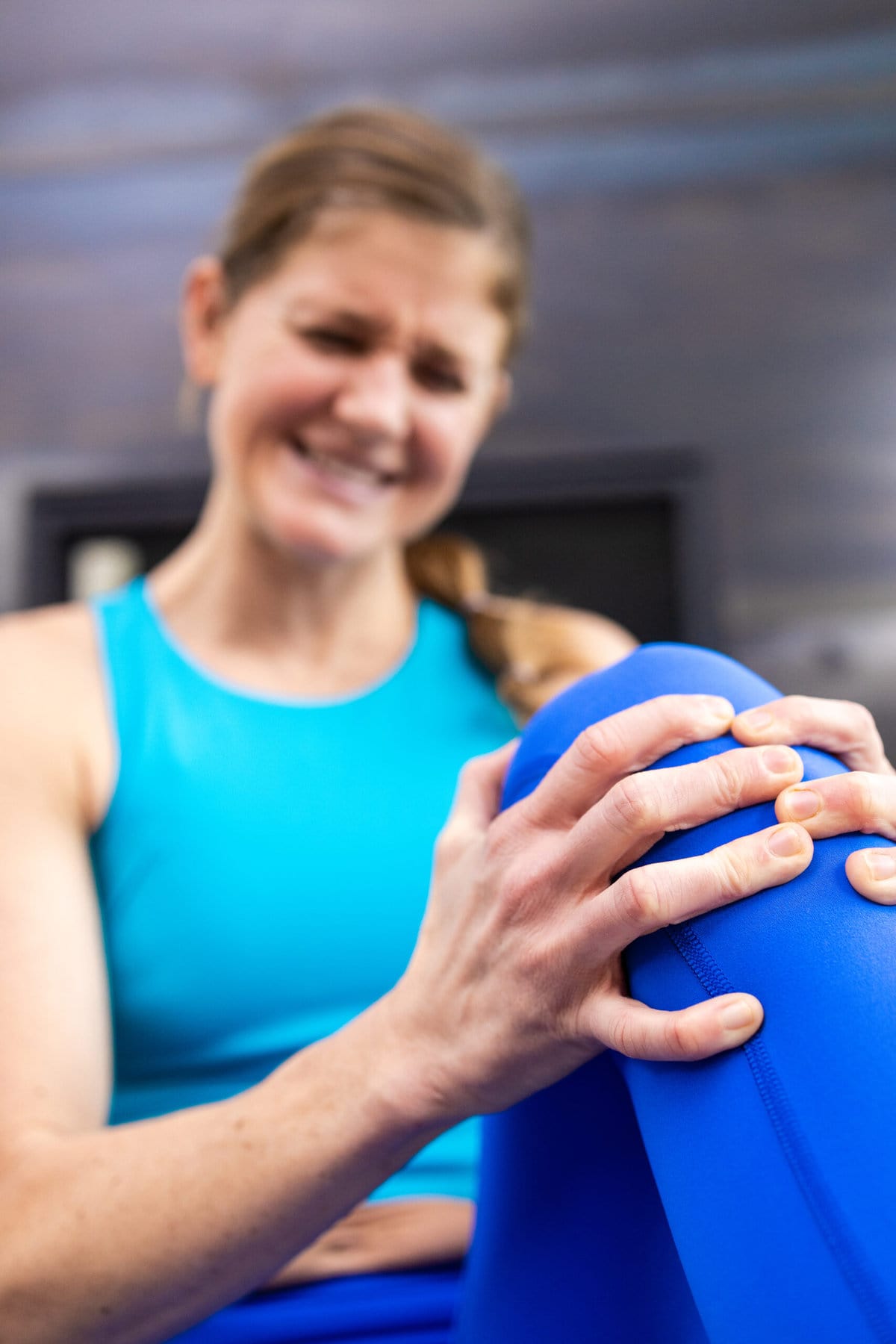We all know that bench press is the king of chest exercises, but what about the prince? Chest flys are a viable choice for activating those pectoral muscle fibers. The motion of the fly lets you concentrate on the concentric and, arguably more important, eccentric phase, or stretch, which some believe is the key to recruiting more muscle fibers and increasing growth.
Whether you believe that or not, there’s one thing you can’t argue: throwing some flys into your routine is a great way to focus on using your pecs to move the weight.
Since you most likely already know how amazing flys are, let’s explore some different ways to bring them into your regimen.
14 Best Chest Fly Variations
1. Flat Dumbbell Fly
The OG of fly movements, the flat dumbbell fly, has been a mainstay in lifter’s workouts for decades. It provides a brutal stretch and great contraction, and if your shoulders allow, you should be throwing these into your chest days. Check out the video below of one of the best to ever do it performing some flat flys.
Why do them: Builds strength and size across the entire chest, focusing on mid-chest development.
2. Incline Dumbbell Fly
Shifting the focus to the upper chest, the incline dumbbell fly helps hit the often underdeveloped upper chest. Don’t make the mistake of angling the bench too high, though. 15-30º is the sweet spot for maximal upper chest engagement. Once you start going higher than that, your front delts will be taking more of the load.
Why do them: Develops the upper chest, improving overall chest definition and helping achieve that coveted “shelf” look.
3. Decline Dumbbell Fly
We’ve hit one side, now it’s time to hit the other. Dumbbell decline flys are a great way to focus on hitting the lower chest, giving that full, rounded look to the bottom of your pecs.
Why do them: They help to sculpt and define the lower chest, which is often neglected in traditional chest workouts.
4. Middle Cable Fly
Unlike dumbbells, cable flys provide constant tension throughout the entire range of motion. While your stabilizer muscles are still firing up, there isn’t as great a need for them compared to dumbbell movements, meaning you can really focus on using your muscles to move the weight, rather than making sure it doesn’t drop one way or the other.
Why do them: Constant tension from the cables allows for a deeper stretch and better contraction compared to free weights, making it a great tool for both muscle growth and endurance.
5. Low To High Cable Fly
We’ve already preached the benefits of cables for flys, so here’s the upper chest working version:
Why do them: This movement has a completely different feel than an incline fly but has similar benefits.
6. High To Low Cable Fly
Here’s the lower chest working version:
Why do them: The contraction you can get at the bottom of this exercise is hard to replicate with dumbbells, especially for newer gym-goers.
7. Bent Over Single Arm Fly
So far, we haven’t thrown any unilateral movements because you don’t really think of them when doing flys. You definitely should, though. You get the benefits of a fly while also getting some core work in to keep your body from turning.
Why do them: Most flys stop before reaching the full potential contraction point, which is beyond your center line. These blow that center line out of the water.
8. Dumbbell Rotating Fly
This spin (get it?) on a normal fly will take some of the tension off of your shoulders at the top of the movement. Personally, I feel like I get a better contraction at the top with the rotation too.
Why do them: Give your shoulders a brief reprieve at the top of the movement.
9. Hyght Dumbbell Fly
Consider this the dumbbell version of the low-to-high cable fly. Beware, you’re going to get a killer stretch at the bottom.
Why do them: Your upper chest can use the extra work.
10. One Arm Dumbbell Fly on Stability Ball
This is another way to hit your chest and core. Start light; otherwise, you’ll fall off the ball as soon as you start to bring the weight down.
Why do them: Condense ab work and chest work into one movement. Perfect for those with limited time in the gym.
11. Cable Incline Fly
Yes, you can absolutely do a flat bench version or a decline bench version of these, too. But the cable incline fly is absolutely brutal when it comes to the stretch and does not give any tension release at the top of the movement.
Why do them: These make an amazing finisher, and you’ll want to do them as a finisher because they take a lot out of you.
12. Dumbbell Single Arm Floor Fly
Yes, you can do the two-arm version as well, but we really like the single-arm version because it helps you focus on the mind-muscle connection.
Why do them: If you have shoulder issues, especially with the stretching portion, these give a hard stop, making sure you won’t go too far, causing a potential injury.
13. Resistance Band Fly
Perfect for those who don’t have access to dumbbells or cables, resistance band flys can be performed pretty much anywhere. (You’ll obviously need a resistance band.)
Why them: They provide variable resistance, making the movement harder as you contract the chest, and are perfect for high-rep finisher sets.
14. Pec Deck Machine Fly
Last but certainly not least, the Pec Deck has been a mainstay in most commercial gyms since its debut in the 1970s. By keeping your arms on a steady track, the only thing you need to worry about is making sure your pecs are firing up.
Why do them: Perfect for high-volume training, these allow you to burn out your pecs without having to worry about your stabilizer muscles failing.
How to Incorporate Chest Flys into Your Routine
Now that you have over fourteen different fly exercises, how should you put this newfound arsenal into use? Well, first off, use them as a compliment for compound chest exercises. Meaning, you should still get your bench press in before deciding to go crazy on the flys.
Here’s an example of how to work some fly variations into your chest day:
Barbell Bench Press (or variation) – 4 sets of 5-8 reps
Incline Dumbbell Press – 3 sets of 8-10 reps
Flat Dumbbell Fly – 3 sets of 10-12 reps
High to Low Cable Fly – 3 sets of 12-15 reps
Incline Cable Fly – 2 sets of 15-20 reps
Wrap-Up
Chest workouts don’t have to consist of the same boring movements. Adding in some variety, especially when it comes to fly variations, can help keep your workouts fresh. Want to target certain areas of your chest? Flys can help do that. Whether you’re training for strength, size, or endurance, flys can check all of those boxes.
Who knows? You might even find a new favorite exercise. See an exercise you really like, or are we missing your favorite? Let us know in the comments below.
Check out our full collection of chest exercises!







